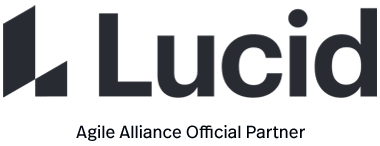When a team favors “simple design,” developers usually handle local design decisions moment-to-moment but are on the alert for design choices that may have far-reaching consequences.
When such a choice arises, two or more developers meet for a quick design session on the whiteboard, possibly using design aids such as CRC cards.
Some important guidelines for an effective design session are:
- considering several credible alternatives (“straw man” proposals don’t count), ideally three or more, so that the final choice is based on considerations such as simplicity or conceptual integrity;
- assessing each alternative on the basis of a concrete, specific scenario; for instance, envisioning how the acceptance test associated with a given user story would unfold under each possible design.
Also Known As
Also known as “just in time design”.
Origins
- 2001: the “quick design session” is described in Extreme Programming Installed
Expected Benefits
In an Agile project, the design activity is spread out throughout the effort’s duration rather than being an explicit up-front phase.
However, “design itself” remains a necessary activity, and merely abolishing an early design phase is by no means sufficient to ensure that this activity is carried out.
Quick design sessions address the need for more strategic decisions, while refactoring takes care of local design issues.
Academic Publications
Some research exists on the topic, mostly of an ethnographic nature, which tends to confirm Agile preference for quick, transient design and modeling, e.g.
“Thinking with Erasable Ink: Ad-hoc Whiteboard Use in Collaborative Design” by Ju, Neeley, Winograd, and Leifer





